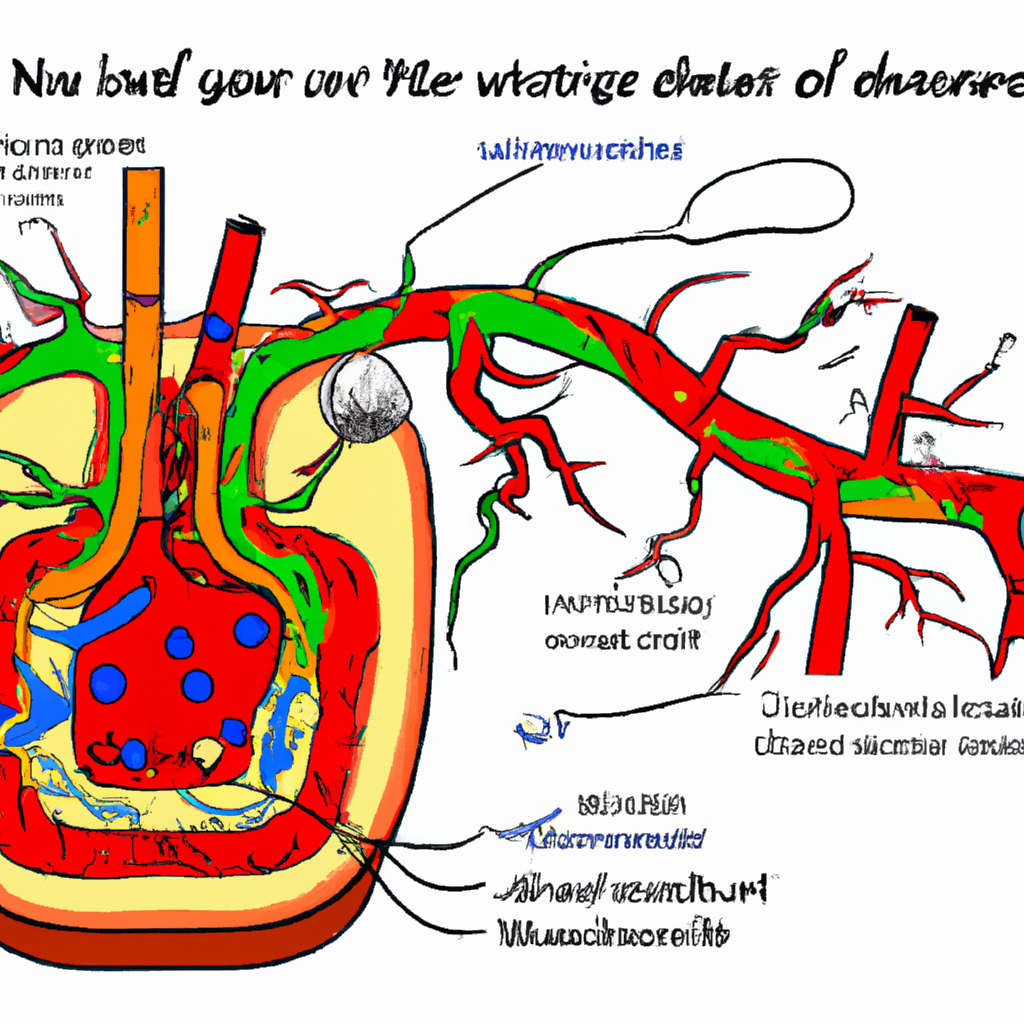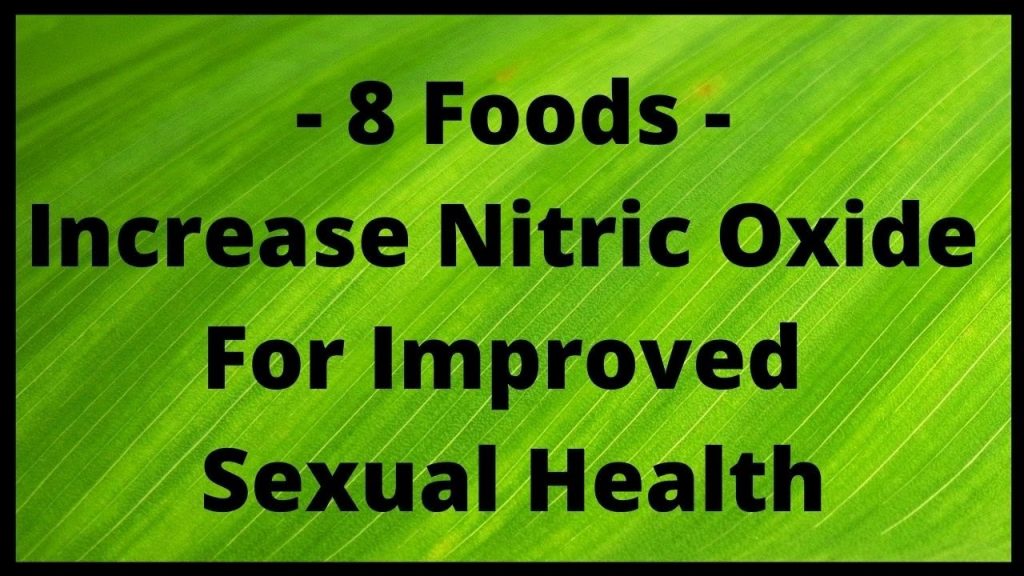Are you curious about how nitric oxide affects the dilation of blood vessels? Nitric oxide is a molecule that plays an essential role in the regulation of vascular tone, and it has been studied extensively for its potential therapeutic applications in cardiovascular disease.
In this article, we will explore the science behind nitric oxide’s impact on vasodilation and what other factors contribute to this mechanism.
Understanding how nitric oxide works to cause vasodilation is crucial for understanding its role in cardiovascular health. As you delve deeper into this topic, you’ll discover the complex mechanisms at work and how they affect overall blood flow and pressure.
We’ll also look at how these findings could have implications for future treatment development. So let’s dive in and explore what science has to say about whether or not nitric oxide causes vasodilation!
Key Takeaways
- Nitric oxide regulates vascular tone and causes vasodilation by relaxing smooth muscle cells lining blood vessels.
- Impaired nitric oxide production due to endothelial dysfunction can contribute to cardiovascular disease.
- Nitric oxide supplementation is being studied as a potential treatment for endothelial dysfunction and impaired vasodilation.
- Impaired vasodilation increases the risk of heart attack and hypertension.
The Role of Nitric Oxide in Vasodilation
Nitric oxide’s ability to cause vasodilation is crucial for maintaining healthy blood flow and preventing cardiovascular diseases. Vasodilation refers to the widening of blood vessels, which allows more blood and oxygen to reach the body’s tissues.
Nitric oxide is a gas that acts as a signaling molecule in the body, helping to regulate various physiological processes such as blood pressure and inflammation. One of the main ways that nitric oxide causes vasodilation is by relaxing the smooth muscle cells that line the walls of blood vessels. This relaxation allows for increased blood flow and decreased resistance within the vessel, reducing strain on the heart.
Endothelial dysfunction, which occurs when there is damage or dysfunction of these smooth muscle cells, can lead to impaired nitric oxide production and contribute to cardiovascular disease. Nitric oxide supplementation has been studied as a potential treatment for endothelial dysfunction and other conditions related to impaired vasodilation.
However, research on its effectiveness has yielded mixed results. While some studies have shown benefits in improving vascular function and reducing blood pressure, others have found little or no effect. More research is needed to fully understand how nitric oxide supplementation may impact vascular health and prevent cardiovascular disease.
Other Factors Contributing to Vasodilation
Various factors can contribute to vasodilation, including relaxation of smooth muscles and dilation of blood vessels. However, endothelial dysfunction can also impact the process.
Endothelial cells line the inside of blood vessels and help regulate blood flow by releasing nitric oxide and other substances. When these cells become dysfunctional, they may not produce enough nitric oxide to cause vasodilation.
Pharmacological interventions can also play a role in vasodilation. For example, medications that target specific receptors in the body can cause smooth muscle relaxation and increase blood flow. Additionally, some drugs work by increasing the production or availability of nitric oxide in the body, ultimately leading to vasodilation.
It’s important to note that while nitric oxide plays a significant role in vasodilation, it’s only one factor among many that contribute to increased blood flow through the body. Understanding these various factors and how they interact with each other can lead to better treatments for conditions related to poor circulation or vascular health issues such as hypertension or heart disease.
Mechanisms Behind Vasodilation
The intricate mechanisms responsible for expanding blood vessels and promoting healthy circulation are fascinating. It’s important to understand these mechanisms to better appreciate how nitric oxide causes vasodilation.
Endothelial dysfunction is one factor that contributes to vasoconstriction, which narrows blood vessels and restricts blood flow. When the endothelium, the layer of cells lining blood vessels, doesn’t function properly, it can lead to several cardiovascular diseases.
Nitric oxide plays a significant role in vasodilation by relaxing smooth muscles in the walls of blood vessels. Nitric oxide is produced by endothelial cells when they’re stimulated by various factors such as shear stress or acetylcholine. Once released, nitric oxide diffuses across cell membranes and activates an enzyme called guanylate cyclase within smooth muscle cells. This results in increased levels of cyclic guanosine monophosphate (cGMP), which promotes relaxation of the smooth muscle cells and leads to vasodilation.
Other vasoconstriction mechanisms also exist in addition to endothelial dysfunction such as sympathetic nervous system activation and circulating hormones like angiotensin II and norepinephrine. However, nitric oxide-induced vasodilation remains crucial for maintaining healthy circulation because it counteracts these vasoconstrictor mechanisms.
Understanding the delicate balance between these opposing forces provides insight into how we can treat cardiovascular diseases by targeting specific pathways involved in regulating vascular tone.
Implications for Cardiovascular Disease
Understanding the impact of impaired vasodilation on cardiovascular disease is crucial for improving health outcomes and preventing negative consequences. When blood vessels cannot properly dilate, it can lead to hypertension and other cardiovascular problems.
Here are some implications for cardiovascular health:
Impaired vasodilation can increase the risk of heart attack. When blood vessels constrict, they reduce blood flow and oxygen supply to the heart muscle. This can cause chest pain or even a heart attack.
Vasodilators can be used as therapeutic interventions. Medications that promote vasodilation, such as nitroglycerin, are commonly used to treat chest pain associated with angina or heart attacks. These drugs help widen blood vessels and improve blood flow to the heart.
Impaired vasodilation is linked to endothelial dysfunction. The inner lining of blood vessels (the endothelium) plays a crucial role in regulating vascular tone and promoting vasodilation. Endothelial dysfunction, which occurs when this lining is damaged or dysfunctional, has been linked to impaired vasodilation and increased risk of cardiovascular disease.
Lifestyle changes can improve vascular function. Exercise, weight loss, smoking cessation, and a healthy diet have all been shown to improve vascular function by promoting nitric oxide production and reducing oxidative stress.
Understanding how impaired vasodilation affects cardiovascular health is important for both prevention and treatment of cardiovascular disease. Therapeutic interventions that promote vasodilation can improve outcomes for patients with angina or heart attacks. Additionally, lifestyle changes that promote vascular health may help prevent future problems from arising in those at risk for developing cardiovascular disease.
Future Research and Treatment Development
You can look forward to exciting developments in the future of vasodilation research and treatment. Scientists are investigating the therapeutic potential of various compounds that could boost nitric oxide production, improve endothelial function, and ultimately enhance vasodilation. With these advancements, managing cardiovascular disease may become much easier and more effective.
Clinical trials are already underway for some of these new treatments. For example, a recent study evaluated a novel drug that stimulates the production of nitric oxide in the body. The medication was found to significantly improve blood vessel dilation in participants with heart failure compared to a placebo group. This promising result suggests that similar treatments could be used to manage impaired vasodilation in other conditions as well.
Overall, it’s clear that there is still much to learn about how nitric oxide causes vasodilation and how we can use this knowledge to improve health outcomes for those with cardiovascular disease. However, with ongoing research efforts and clinical trials, we can expect to see significant progress towards developing new and effective treatments in the years ahead.
Conclusion
Congratulations! You now understand the science behind vasodilation and how nitric oxide plays a crucial role in it.
Remember, there are other factors that contribute to vasodilation beyond just nitric oxide, such as prostaglandins and endothelium-derived hyperpolarizing factor.
Understanding the mechanisms behind vasodilation is important for treating cardiovascular disease. Future research could lead to new treatment developments and therapies that target nitric oxide production or other factors involved in vasodilation.
As they say, knowledge is power, so armed with this understanding of vasodilation you can take steps to keep your cardiovascular system healthy and functioning properly.


